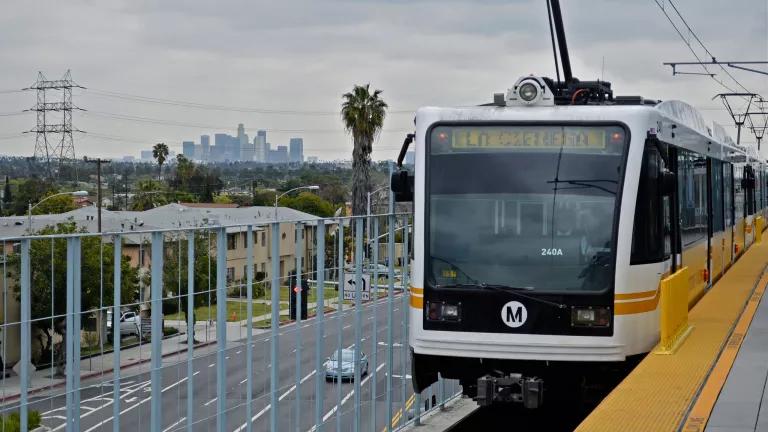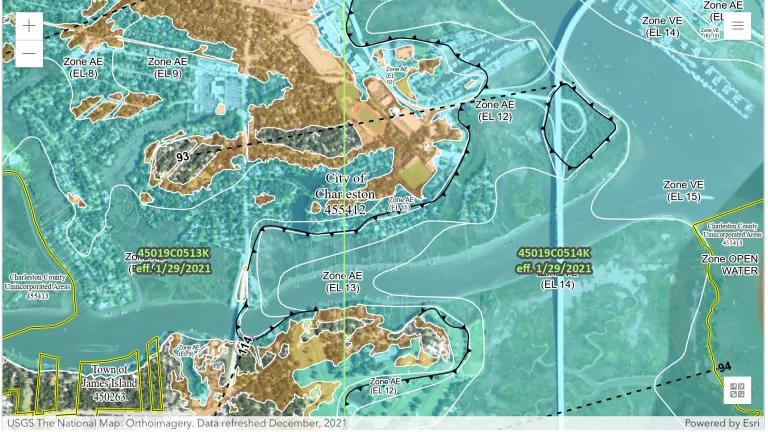L.A. Takes Steps Toward Equitable Expo-Oriented Housing

Thousands of Angelenos took to the Expo Line last week to beat the heat at the beach, and now thousands more will have the chance to ride it every day to work, school and recreation.
The Los Angeles City Council adopted last week a new plan that would allow more Angelenos to live near our growing transit system. Culminating five years of planning and community engagement, the Exposition Corridor Transit Neighborhood Plan will expand opportunities for building more housing—especially affordable housing—and jobs near LA’s newest light rail stations on the popular Expo Line.
What We Liked about the Plan
- More homes near transit: After many decades of Los Angeles plans that reduce housing capacity, this plan actually increases allowed housing density near one of LA’s most productive transit lines—capacity for about 6,000 new homes for Angelenos by 2035. This will allow thousands more Angelenos to have great access to the region’s jobs, education and recreation.
- Inclusive neighborhoods: Affordable housing incentives in the plan will ensure that new projects incorporate housing for all income levels in parts of L.A. that offer significant socio-economic opportunities and neighborhood amenities.
- Walkable places: Streetscape plans will prioritize neighborhood walkability to make it more appealing for existing and new residents to get around without getting in their cars.
- Transit and land use go hand in hand: This plan was funded by a $2 million planning grant from Los Angeles County MTA. The partnership between the County transit agency and the cities that host the transit stations is a great model to ensure we’re aligning our neighborhood development goals with sustainable mobility and transit ridership.
What the Next Round of Plans Should Do Differently
The Expo TNP was an important first step, and sets the stage for how similar planning efforts could go in Los Angeles. As L.A. embarks on updating its 35 community plans, its General Plan and other housing and transportation efforts, here’s what we’d like to see done differently from the Expo TNP.
- Move faster: This planning effort kicked off in the fall 2012 and was adopted in 2018. In that span, LA County median home prices have doubled and Angelenos saw their average annual hours lost to congestion rise from 59 to over 100. While meaningful and extensive community engagement is essential, delaying badly-needed housing undermines that by continuing to exclude residents from housing opportunities. Future efforts need to be more streamlined and efficient.
- Move bigger: In the context of a 600,000 unit deficit of affordable housing in Los Angeles County, 6,000 new units near the Expo Line (of which only a subset will be dedicated affordable) is simply not enough. We need our transit-rich neighborhoods to be a bigger part of solving the housing crises.
- City-wide, data-driven goals: As Los Angeles updates its plans, the City should set specific housing production targets at the city-wide level that are tied to the amount of housing we need to build to actually improve affordability, reduce displacement and decrease transportation emissions. Individual community plans should then show how they are allowing enough housing—especially near public transit, jobs and social opportunities—to achieve those citywide goals.



